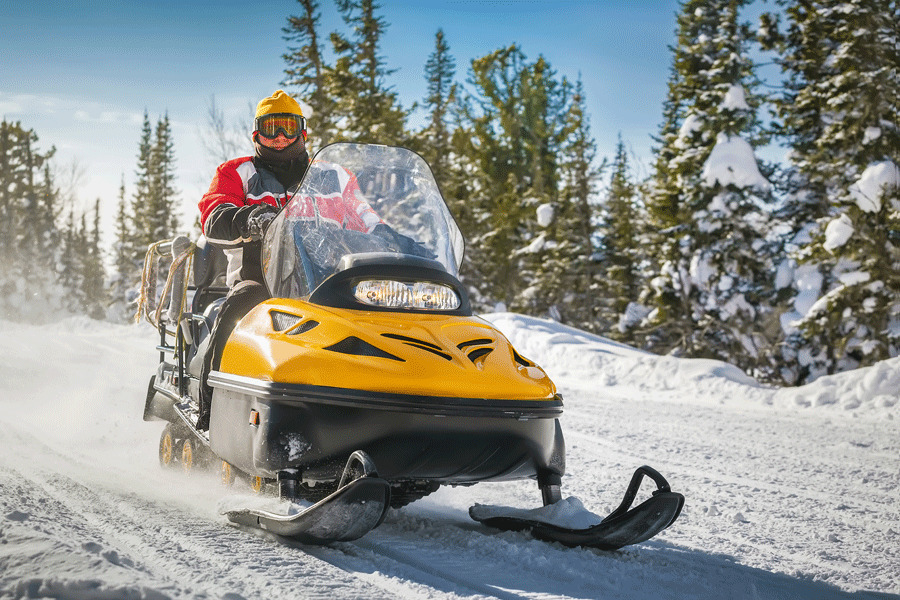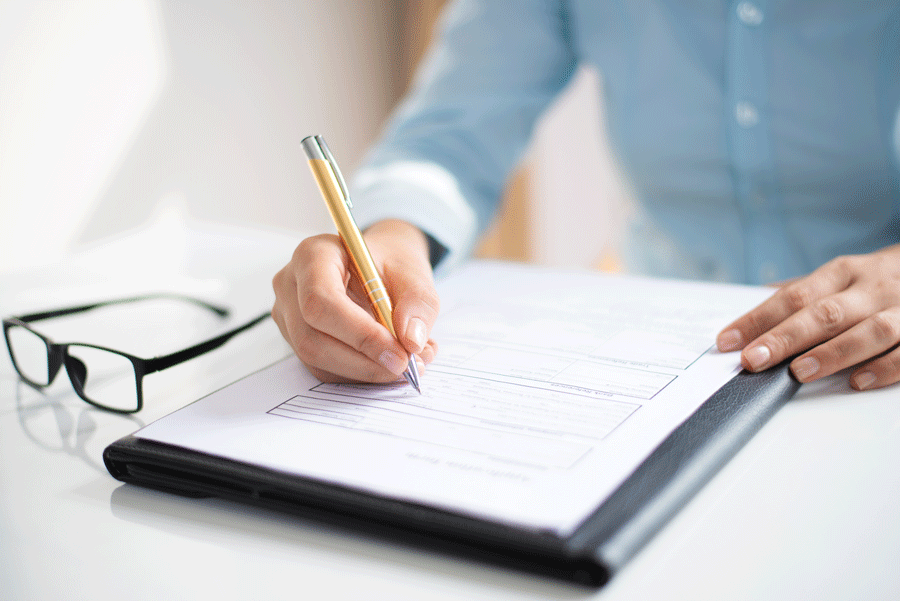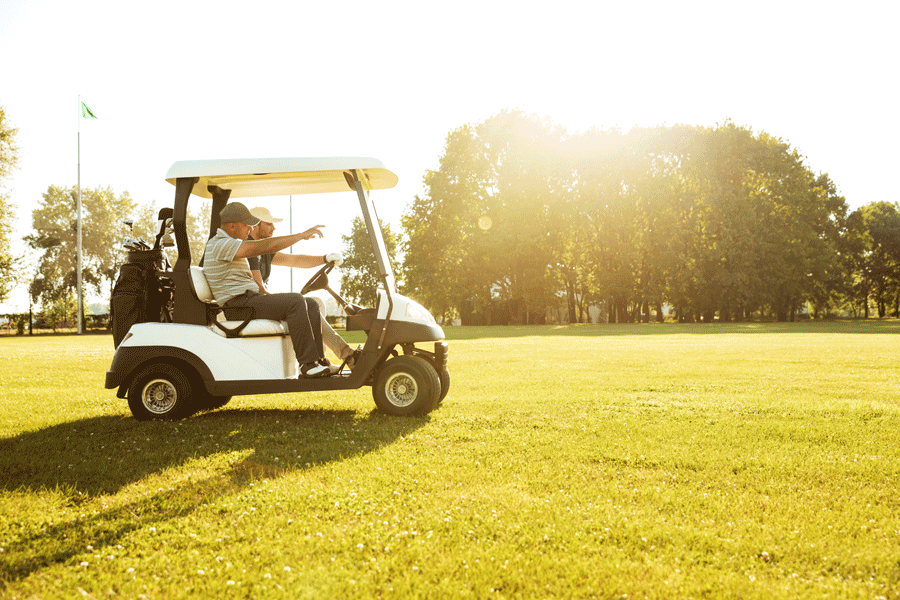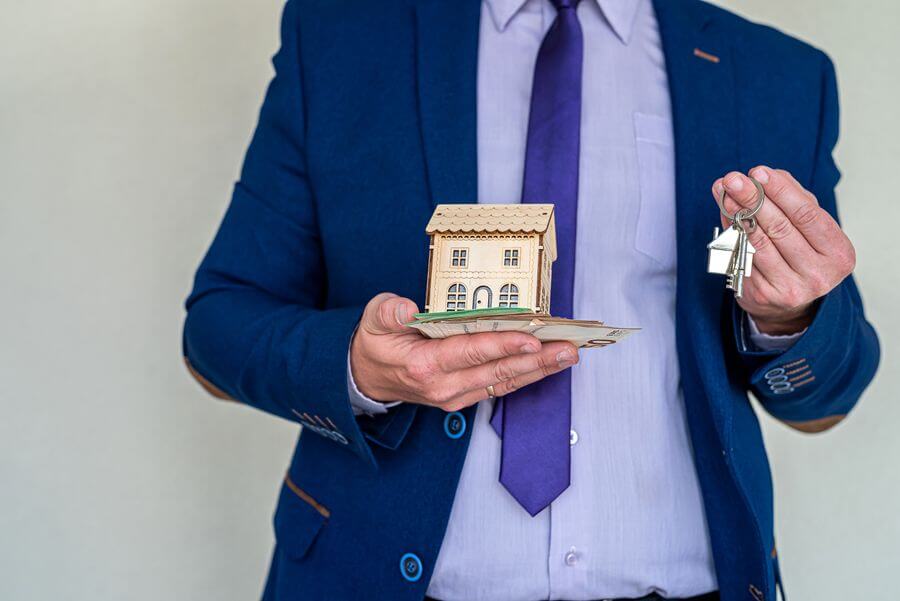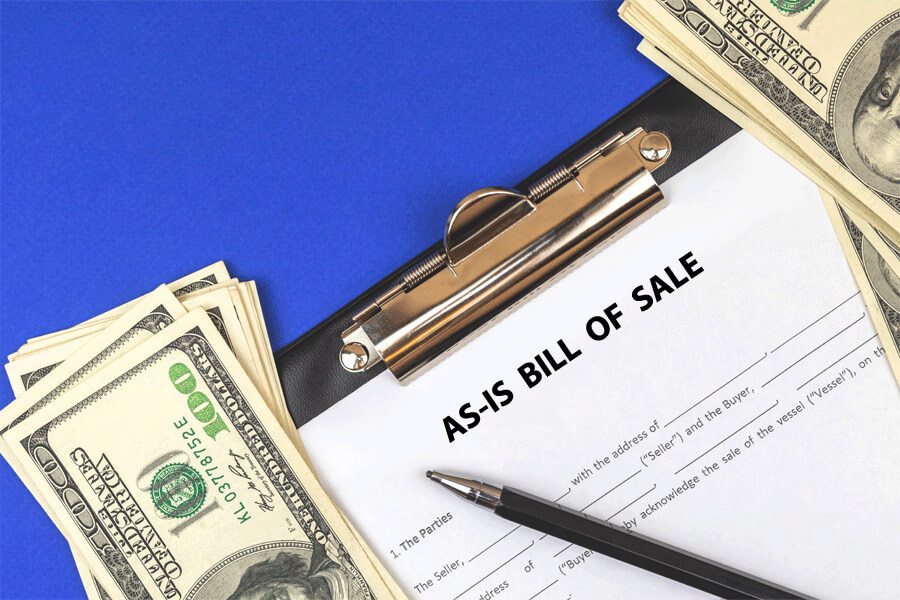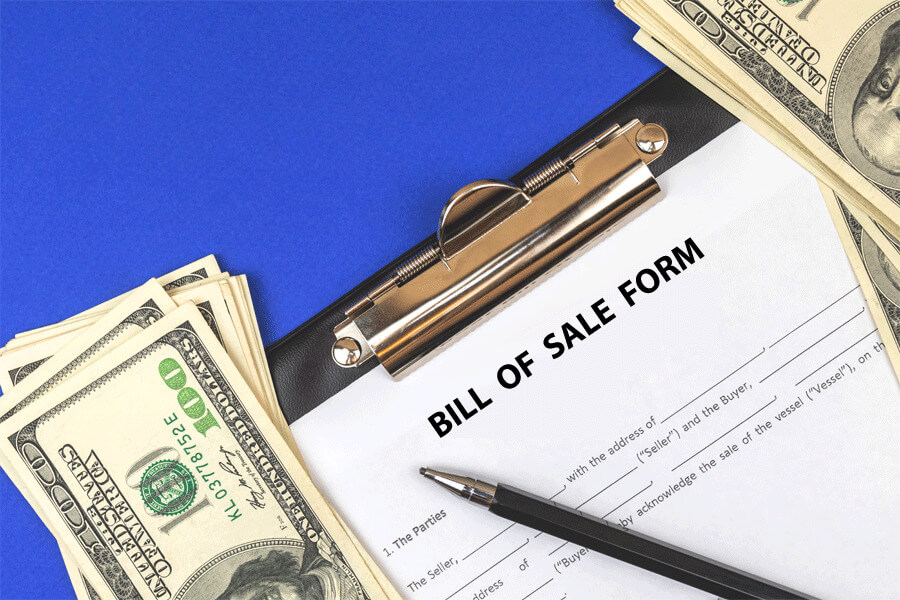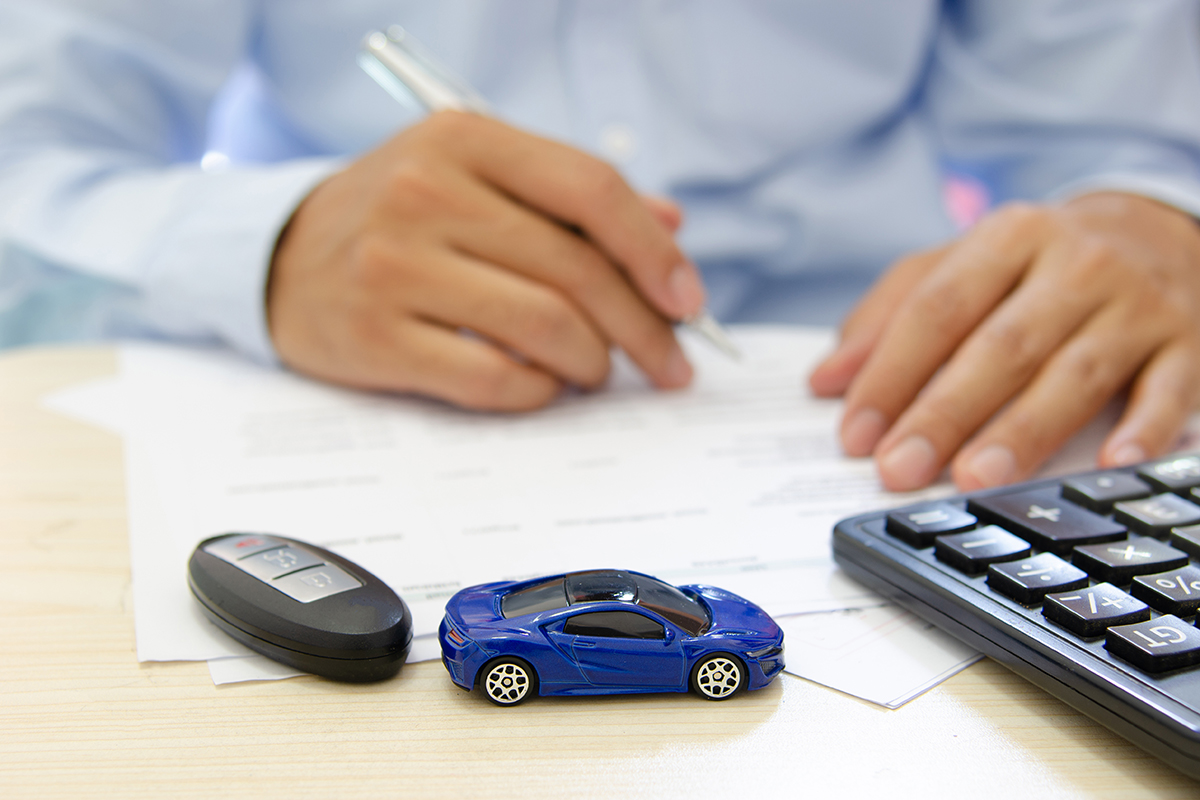A bicycle bill of sale is a formal legal document that proves the acquisition and selling of a bicycle between a buyer and vendor.
This specific form provides proof of the transfer of ownership of a bicycle. Generally, it provides information concerning the identification of the bicycle, its selling or buying price, and signatures acknowledging the change of ownership between the involved parties. It serves the same purpose as a receipt. It provides proof of ownership by unfolding the fine details of the specific bicycle up for purchase.
Free Templates


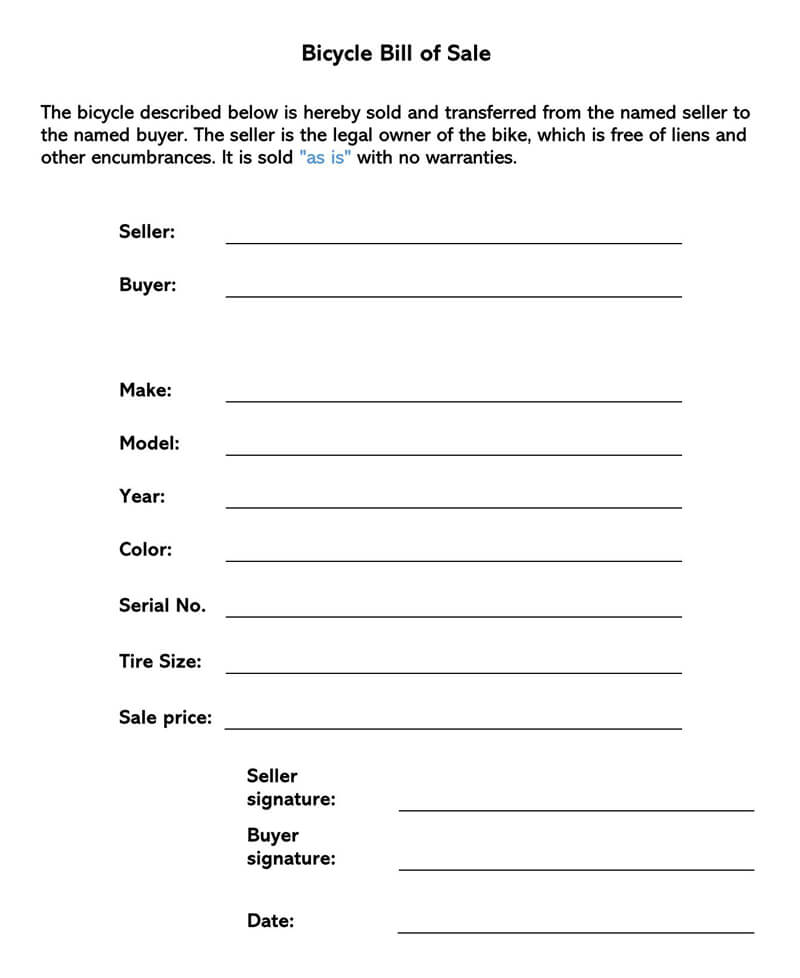


Understanding the Bicycle Bill of Sale
To have a deeper understanding of this form, it is essential for one to first understand its role, i.e., why one needs it in the first place and why it is important to complete a BOS form before transferring ownership of a bike:
Why does one need a bicycle bill of sale form?
This bill of sale is very important because it is a written document that can attest to a buyer’s purchase of the bicycle from a seller. This document is essential due to the following reasons:
- It provides a record and proof of ownership of the bicycle
- It offers a sense of security that can protect both parties (buyer and seller) in the event the bicycle was stolen or used in illegal activity before or after the transaction.
- It helps trace back the history of the bike that is up for sale, especially if it was stolen.
- It is great for quick and easy “As-Is” sales.
The “AS-IS” clause in the vehicle bill of sale
A seller is obligated legally to disclose all the relevant details about an item they’re selling to a customer. They must inform the seller if a bike has any defects. The buyer will then make an informed decision on whether to purchase the bicycle in its current state.
The “as-is” clause in this form indicates that the buyer will buy the bike in its present state without any repairs or modification, but the seller must have disclosed the condition of the bike to the seller.
What a Standard Bicycle Bill of Sale Should Include?
A standard bill of sale for bicycle should include relevant details that will validate the transaction and avoid any fraud. If you’re using a template check that it contains the following:
- Name & address of the seller
- Name & address of the buyer
- Date of the sale
- A description of the bike (color, tire size, model, serial number, year of manufacture, etc.).
- Price. Besides the price if possible, it should include the mode of payment (whether cash, credit card, debit card or check).
- Printed names, signatures of the buyer, seller and witnesses.
- Warranty information if any
- The date the bill was signed
Once the form has been signed, and the buyer has paid for the bike, the transaction is binding to both parties. This means the transaction is over and can’t be reversed. Upon signing, the seller will retain one copy and give another to the buyer. Both parties must make sure the information in the form is accurate before signing.
Platforms for Bicycle Selling (Where to Sell?)
Several bike snatchers are looking to sell bikes they take or steal for quick and easy cash. Moreover, there are several scammers both in the online and open-air marketplace. If a seller wants to unlock the value of his/her current bike and find another bike for the next adventure, there are plenty of ways to sell the used bicycle.
A seller can choose from any of the following options when selling their bicycle:
Sell to a pawnshop or reputable used sporting goods shop
Ideally, this is a safer and convenient way of selling a bike. The seller sells locally and can complete the transaction the same day they walk into the shop. However, the major concern here is getting the maximum value for the bike. Most used sporting goods shops may lack the expertise to understand what the seller’s bike is worth, or their business model makes it difficult for them to offer what the seller is asking for, or sometimes they may be unwilling to offer the amount. However, selling the bicycle in this old-fashioned way is one of the quickest ways to turn the used bike into cash.
Sell the bike on local online marketplace
Online platforms like Facebook and Craigslist offer sellers a free platform to list their properties for sale. They simply must upload the given property’s pictures, including a bicycle, and write a great description to attract buyers. However, the main disadvantage here is getting maximum value for the bike’s worth. Most people who browse online marketplaces are diverse and can range from experts to enthusiasts to total noobs.
Online marketplaces are usually ripe for negotiation, something that most sellers find exhausting. If the bicycle that is up for sale is valuable, a seller should expect low-value offers and aggressive hagglers. Sellers should also be wary of scammers and bogus offers when selling online. If a seller has to sell his/her bicycle online or through a sponsored news ad, they should meet with the buyer and make the exchange in a public place with several other people around.
Sell the bicycle on a bike forum or website
Cyberspace has made it easier for sellers to reach a wide range of clientele from all over the world. Today, there are several cycling sites with specific buy and sell forums that are slightly more informed than the audience in the local online marketplace. Nonetheless, visibility can be a hit or miss depending on the site or the bike that one is selling. In addition, there is a risk of running into lowballers, potential scammers, or lack of views. Shipping fees are also an issue that sellers may need to be aware of.
While selling the bicycle on a forum can be a bit of extra work, it can be very beneficial when the seller wants to sell to a more specific type of buyer that he/she is unlikely to find locally.
Sell the bike on eBay
eBay allows sellers to reach a pool of buyers that are all over the world. However, they will have to deal with shipping and eBay fees, but they will get good visibility and a better chance of selling the bicycle.
Though, the major challenge here involves building a reputation through positive feedback. In most cases, eBay buyers are mostly inclined to purchase from trusted sellers with good ratings. This does not mean that new sellers or sellers with few or poor ratings cannot sell. It only implies that there is a chance such sellers could be missing out on some customers that are ready to spend more for confidence and security.
Besides, eBay is popular for the “part-out” selling option. Therefore, if a seller cannot obtain value for their bike’s worth, they may opt to split the bike into components to maximize their returns.
The “How to Sell” Procedure
Since bicycles do not fall under the intense scrutiny and regulations that motor vehicles do, the selling process for a bicycle is quite simple once an interested buyer has been found. However, if a seller wants to maximize his/her return on the bike, he/she has some extra work to do.
Here is a detailed procedure for selling a bicycle at the best price possible:
Examine the bike
Firstly, a seller needs to inspect the bicycle and look for any apparent wear or broken parts. If the parts are easy to fix, repairing them is highly recommended as this will improve the bike’s value. However, if the bicycle is greatly damaged, selling it for a discounted price “As-is” is advisable to save on time and effort.
Choosing to repair the bicycle or sell it at a discounted price depends on its desirability. If the bicycle is high-end, putting in some serious work and time may be worth it as this will increase the final selling point by a couple of reasonable dollars.
However, if the bicycle is an antique, leave it alone. In most cases, professional collectors prefer the bike to be in its original condition, and the decision to restore it is best left to those with significant experience in valuing antiques.
Clean the bike
It is rare that a customer would want to buy a dirty bicycle. Therefore, make sure to clean it thoroughly, including all its parts. In any case, a clean bike gives potential buyers the impression that the bike was loved and well maintained; thus, they would be willing to pay the asking price upfront.
After cleaning the bicycle, observe the parts from the brakes, chains, and wheels to ensure they are all working as expected. If the bike has any issues- be it a scratch, dent, or any other issue, be transparent enough and include this information in the description of the bicycle.
In addition, give the bicycle a tune-up and ensure it is ready to ride. This gives buyers the confidence that they will not have to do any serious maintenance once they have purchased it.
Explore prices
Generally, the chances are that the seller will have to negotiate the price. For this reason, one should have a high sell mark as well as a low sell mark. But how does one come up with a realistic asking price for their bicycle? The section below explains in detail how to explore different prices and come up with a favorable initial asking price.
Finding out how much to charge for a used bicycle is quite simple and can be done within minutes. A seller can use various online sites to establish the recommended selling point, then adjust their price within that column depending on the current condition of the bicycle. Note that near-new bicycles should be sold close to the highest-priced listings and vice versa. And so is an upgraded bike, as newer, lighter components are added to the bike to upgrade it and improve its worth.
The links provided below can be helpful to sellers when researching for prices:
- Checkaflip: This site uses current and previously sold eBay items to indicate the average selling price of an item, including a bicycle
- Bicycle Blue Book (Value Guide): The seller should enter the brand, model, year, and bicycle condition to get the average selling price range.
List the bicycle online
After finding the average selling price for the bicycle, the seller should then wipe down the bicycle to remove dirt and other debris and take pictures of it for listing online. When preparing to take the pictures, set the scene by placing the bike on a distraction-free surface. Besides that, pay attention to the lighting to obtain basic, clear images of the bike that allows the purchaser to determine whether it is right for them.
After obtaining clear photos of the bicycle, the seller can reach out to friends or family and ask if they’d be willing to buy the bicycle or if they have any referrals. If there are no interested friends or family, then the seller can create a profile and list the bike’s photos in the various online marketplaces, such as eBay, Facebook, Instagram, Craigslist, etc. When listing the bicycle online, the seller would want to include all the bike’s relevant information, such as the make, model, size, condition, year, any upgrades made to the bike to improve it, and any recent maintenance that it has undergone.
Alternatively, a secondary option would be to sell the bicycle to a brick-and-mortar shop. Browsing online can provide the seller with a list of any nearby pawnshops or used sporting equipment stores. This is convenient and safe, but the seller will unlikely obtain value for their bicycle. Selling the bicycle to a pawn shop or used equipment store is a great option if the online listing has not attracted the required visibility within 30 to 60 days of listing it.
Meet with Interested buyers
Advertising the bike by word of mouth or listing photos online will most likely enable the seller to attract various interested buyers. Most definitely, the potential buyers will want to come to inspect the bike in person before deciding to pay for it. When the time to meet comes, it is advisable that the seller arranges to do so in public. This is mainly to avoid being scammed. The seller can allow the potential buyer to examine the bike, check for any issues, and most likely negotiate the bike’s price.
If the potential buyer wishes to test-ride the bike, the seller can allow them to, but he/she should first ensure they receive sufficient collateral before letting them take off with it. Once both the seller and buyer reach an amicable agreement on the buying price, both parties are then ready to proceed to the part where they complete and sign a BOS form and exchange the money for the bicycle.
Completing the transaction
This is the last step of selling a bicycle. Customarily, the buyer should make the full payment for the bicycle before the seller can start drafting the form. This is recommended due to the increased rates of fraud and scams, especially with online transactions. Therefore, the seller should receive the money, ensure it is authentic, then complete the transaction by completing and signing this form.
But how does one prepare and fill it out? Here is a guide:
- Use readily available online templates for such forms. One can obtain these templates on our site
- Fill out the date of sale
- Provide the buyer’s name and address
- Include the seller’s name and address
- Enter the bike information, including the brand, model, make, year, serial number, and exact color
- Write the dollar sale amount
- Provide the buyer’s signature, name, and date
- Seller’s signature, name, and date
- Finally, have the form signed by a witness, write down their name, and provide the print date.
Once the transaction is complete, both parties- the buyer and seller must sign it. Habitually, the completed form is retained by the buyer for purposes of proof of ownership. The seller can also make a copy of it if they wish. Unless the seller plans on selling the bicycle separately, provide the buyer with any documentation, accessories, stands, or any other parts or tools that came with the bike originally.
Conclusion
It is a legal document used to prove that a buyer purchased a bicycle from a seller for a specified amount of money. This document is important as it serves as physical written proof of the transaction, and it protects the new owner in the event they are questioned about their rightful ownership of the bike, especially if they attempt to sell the bike later on in life.

